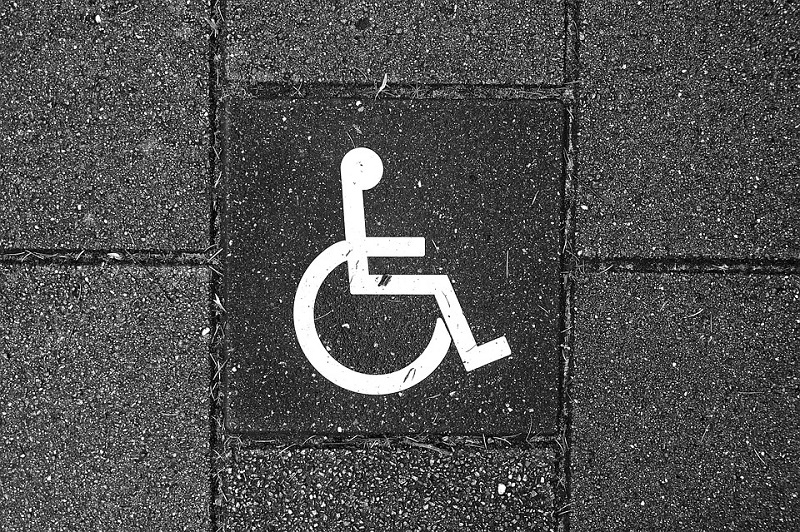02 Mar 2018

WCAG 1.0 was published and became a W3C recommendation in May 1999. It consisted of 14 guidelines describing general principles of accessible design. Each guideline covered a basic theme of web accessibility and was associated with one or more checkpoints. These checkpoints provided further detail about the guideline and techniques for how they could be applied.
The standard was superseded by WCAG 2.0, which was published as a W3C Recommendation in December 2008. This consists of twelve guidelines that are separated into four principles: perceivable, operable, understandable and robust. Each of the guidelines is further divided into Success Criteria that, in theory, are intended to be testable.
The inception and launch of WCAG 2.0 has been difficult. Many organisations claim compliance and a desire to adopt the standard. However, WCAG 2.0's complexity and the level of time, training and support required for compliance has been a challenge. In some instances, we have found that the matter is regarded as an unachievable goal and is hence being treated as being increasingly insignificant.
In addition, the actual results for sites are also showing a downward trend. Just a small percent of the 200 Government Sites in the Central Government INDEX are anywhere near WCAG 2.0 AA complaint (the government requirement), yet many claim accessibility compliance.
WAI (Web Accessibility Initiative) are now looking to introduce version 2.1 of the Web Content Accessibility Guidelines, probably around early summer 2018. Ahead of WGAC2.1 being formalised we will be putting together a summary.
Is There a Problem with Accessibility?
Since the early 1990s, Sitemorse has been providing data on accessibility compliance levels; initially for the WCAG 1.0 Guidelines, then the 2.0 Guidelines and through four iterations of the Sitemorse platform.
We’ve talked to businesses, government departments and other organisations across different sectors and countries. We’ve measured millions of websites. In that time, we’ve come to uncomfortable conclusions about accessibility compliance:
1. Many websites fundamentally fail to be accessibility compliant, partly because the WCAG guidelines are complicated and difficult to implement.
2 Not many people in organisations, or the wider digital industries, acknowledge this or want to talk about it.
3. Service providers and vendors make claims that by ‘using our service/system etc... you will be compliant.’ And it seems that those buying these services would rather believe this than take steps to validate claims.
4. Dealing with accessibility isn’t very interesting and there is a lack of understanding as to its value – not just to those with disabilities.
Time and time again our data shows a lack of website accessibility compliance:
• Across the Global Top 250 Retailers, not one site achieves WCAG 2.0.
• An Audit of the top Global Life Sciences companies showed that only a tiny fraction of content meets WCAG 2.0 A standards.
• International airlines are legally required to comply with the US DOT Air Carriers Access Act, requiring every site to meet WCAG 2.0. When assessed in Q1 2018, only one site achieved AA standard on every page.
• In Q1 2018 the accessibility of UK Higher Education Institutions was tested and many claimed to meet WCAG 2.0, but overwhelmingly they did not achieve this standard.
Image: Max Pixel

